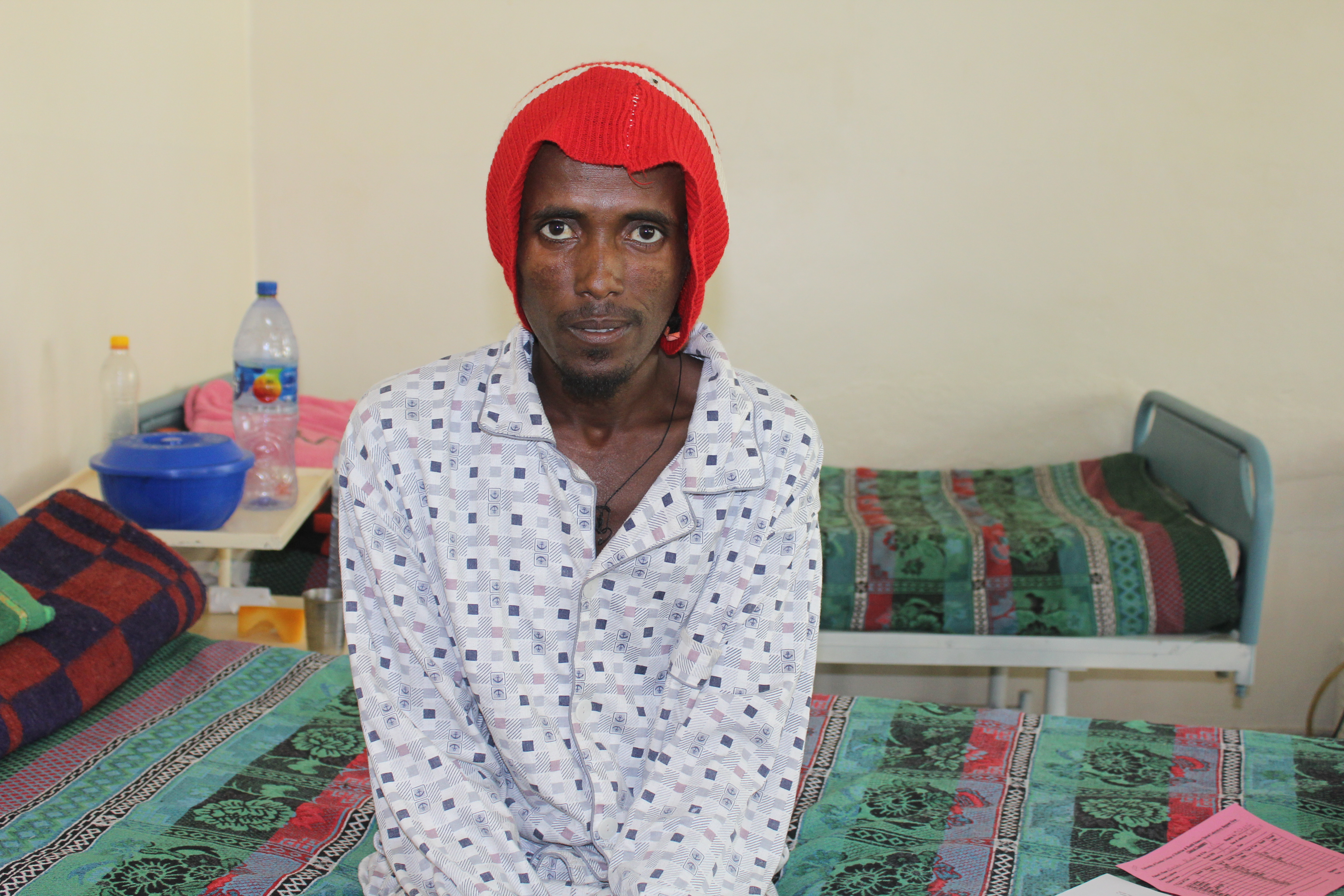Combination therapy 88% effective against HIV, leishmaniasis coinfection
Click Here to Manage Email Alerts
Extended treatment with a combination of AmBisome plus miltefosine is 88% effective in treating patients with HIV and visceral leishmaniasis coinfection, study results showed. Researchers said their findings support recommending the regimen as a first-line therapy for patients in eastern Africa.
At least 35 countries on four continents have reported cases of HIV and visceral leishmaniasis (VL) coinfection, although highly active ART has reduced VL incidence in HIV patients in most settings, according to Séverine Blesson, VetD, MSc, senior clinical manager at the Drugs for Neglected Diseases Initiative in Geneva, and colleagues.
“The current recommended treatments — [AmBisome (liposomal amphotericin B, Gilead Sciences)] monotherapy as first-line treatment and antimonial drugs — sodium stibogluconate as second line — for HIV/VL coinfected patients in Eastern Africa are not adapted to patients’ needs as effectiveness is not optimal and toxicity is considerable with an increased risk of death,” Séverine Blesson, VetD, MSc, senior clinical manager at the Drugs for Neglected Diseases Initiative in Geneva, Switzerland, told Infectious Disease News. “There is an urgent need for a better treatment for HIV/VL coinfected patients.”
Blesson and colleagues conducted an open-label, noncomparative, randomized trial in Ethiopia assessing the efficacy of a combination therapy of 30 mg/kg of amphotericin B with 100 mg/kg of miltefosine, and amphotericin B 40 mg/kg monotherapy. The primary outcome was parasite clearance at day 29 after one round of treatment. Patients without parasite clearance but clinical improvement were given a second round of treatment. The researchers evaluated efficacy after the completion of treatment at day 58.

According to the study, 19 patients received monotherapy and 39 patients received combination therapy. In an unadjusted analysis, intention-to-treat efficacy at day 29 was 70% (95% CI, 45-87) in the amphotericin B monotherapy arm and 81% (95% CI, 67-90) in the combination arm. In an adjusted analysis, efficacy was 50% (95% CI, 27-73) and 67% (95 CI, 48-82), respectively. According to Blesson and colleagues, the adjusted efficacy at day 58 was 55% (95% CI, 32-78) in the monotherapy arm and 88% (95% CI, 79-98) in the combination arm.
The researchers said they did not identify any major safety concerns. Four deaths occurred unrelated to the study medication and 10 serious adverse events were observed during the treatment period.
“The combination of AmBisome and oral miltefosine [was shown] to be safe and highly efficacious, notably when used as part of an extended treatment strategy, when treatment was given to patients a second time in order to clear leishmania parasites,” Bleeson said. “Results support a change in the treatment recommendations for HIV-VL coinfected patients, from AmBisome monotherapy to combination therapy as the first-line treatment.” – by Marley Ghizzone
Disclosures: The authors report no relevant financial disclosures.
